HSBC 2010 Annual Report Download - page 64
Download and view the complete annual report
Please find page 64 of the 2010 HSBC annual report below. You can navigate through the pages in the report by either clicking on the pages listed below, or by using the keyword search tool below to find specific information within the annual report.-
 1
1 -
 2
2 -
 3
3 -
 4
4 -
 5
5 -
 6
6 -
 7
7 -
 8
8 -
 9
9 -
 10
10 -
 11
11 -
 12
12 -
 13
13 -
 14
14 -
 15
15 -
 16
16 -
 17
17 -
 18
18 -
 19
19 -
 20
20 -
 21
21 -
 22
22 -
 23
23 -
 24
24 -
 25
25 -
 26
26 -
 27
27 -
 28
28 -
 29
29 -
 30
30 -
 31
31 -
 32
32 -
 33
33 -
 34
34 -
 35
35 -
 36
36 -
 37
37 -
 38
38 -
 39
39 -
 40
40 -
 41
41 -
 42
42 -
 43
43 -
 44
44 -
 45
45 -
 46
46 -
 47
47 -
 48
48 -
 49
49 -
 50
50 -
 51
51 -
 52
52 -
 53
53 -
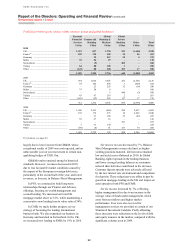 54
54 -
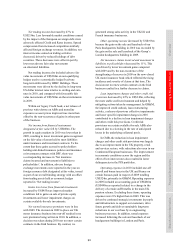 55
55 -
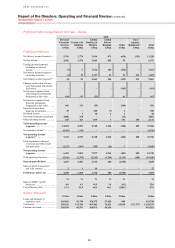 56
56 -
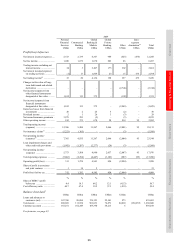 57
57 -
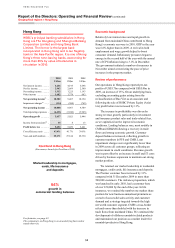 58
58 -
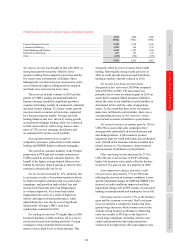 59
59 -
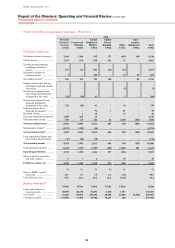 60
60 -
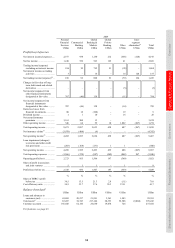 61
61 -
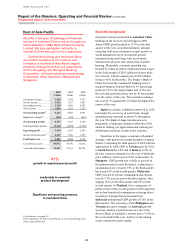 62
62 -
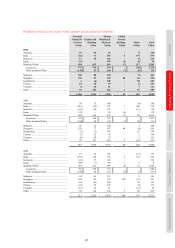 63
63 -
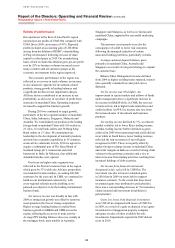 64
64 -
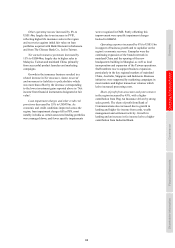 65
65 -
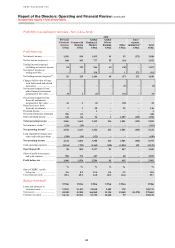 66
66 -
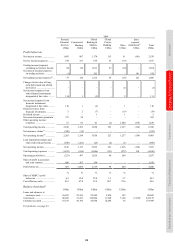 67
67 -
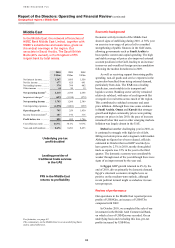 68
68 -
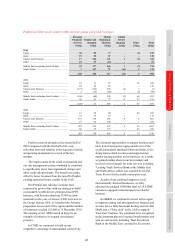 69
69 -
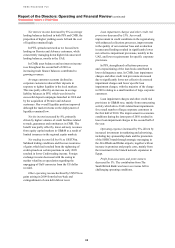 70
70 -
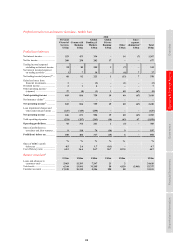 71
71 -
 72
72 -
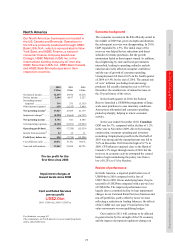 73
73 -
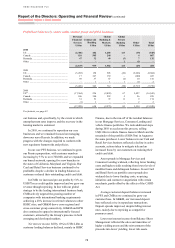 74
74 -
 75
75 -
 76
76 -
 77
77 -
 78
78 -
 79
79 -
 80
80 -
 81
81 -
 82
82 -
 83
83 -
 84
84 -
 85
85 -
 86
86 -
 87
87 -
 88
88 -
 89
89 -
 90
90 -
 91
91 -
 92
92 -
 93
93 -
 94
94 -
 95
95 -
 96
96 -
 97
97 -
 98
98 -
 99
99 -
 100
100 -
 101
101 -
 102
102 -
 103
103 -
 104
104 -
 105
105 -
 106
106 -
 107
107 -
 108
108 -
 109
109 -
 110
110 -
 111
111 -
 112
112 -
 113
113 -
 114
114 -
 115
115 -
 116
116 -
 117
117 -
 118
118 -
 119
119 -
 120
120 -
 121
121 -
 122
122 -
 123
123 -
 124
124 -
 125
125 -
 126
126 -
 127
127 -
 128
128 -
 129
129 -
 130
130 -
 131
131 -
 132
132 -
 133
133 -
 134
134 -
 135
135 -
 136
136 -
 137
137 -
 138
138 -
 139
139 -
 140
140 -
 141
141 -
 142
142 -
 143
143 -
 144
144 -
 145
145 -
 146
146 -
 147
147 -
 148
148 -
 149
149 -
 150
150 -
 151
151 -
 152
152 -
 153
153 -
 154
154 -
 155
155 -
 156
156 -
 157
157 -
 158
158 -
 159
159 -
 160
160 -
 161
161 -
 162
162 -
 163
163 -
 164
164 -
 165
165 -
 166
166 -
 167
167 -
 168
168 -
 169
169 -
 170
170 -
 171
171 -
 172
172 -
 173
173 -
 174
174 -
 175
175 -
 176
176 -
 177
177 -
 178
178 -
 179
179 -
 180
180 -
 181
181 -
 182
182 -
 183
183 -
 184
184 -
 185
185 -
 186
186 -
 187
187 -
 188
188 -
 189
189 -
 190
190 -
 191
191 -
 192
192 -
 193
193 -
 194
194 -
 195
195 -
 196
196 -
 197
197 -
 198
198 -
 199
199 -
 200
200 -
 201
201 -
 202
202 -
 203
203 -
 204
204 -
 205
205 -
 206
206 -
 207
207 -
 208
208 -
 209
209 -
 210
210 -
 211
211 -
 212
212 -
 213
213 -
 214
214 -
 215
215 -
 216
216 -
 217
217 -
 218
218 -
 219
219 -
 220
220 -
 221
221 -
 222
222 -
 223
223 -
 224
224 -
 225
225 -
 226
226 -
 227
227 -
 228
228 -
 229
229 -
 230
230 -
 231
231 -
 232
232 -
 233
233 -
 234
234 -
 235
235 -
 236
236 -
 237
237 -
 238
238 -
 239
239 -
 240
240 -
 241
241 -
 242
242 -
 243
243 -
 244
244 -
 245
245 -
 246
246 -
 247
247 -
 248
248 -
 249
249 -
 250
250 -
 251
251 -
 252
252 -
 253
253 -
 254
254 -
 255
255 -
 256
256 -
 257
257 -
 258
258 -
 259
259 -
 260
260 -
 261
261 -
 262
262 -
 263
263 -
 264
264 -
 265
265 -
 266
266 -
 267
267 -
 268
268 -
 269
269 -
 270
270 -
 271
271 -
 272
272 -
 273
273 -
 274
274 -
 275
275 -
 276
276 -
 277
277 -
 278
278 -
 279
279 -
 280
280 -
 281
281 -
 282
282 -
 283
283 -
 284
284 -
 285
285 -
 286
286 -
 287
287 -
 288
288 -
 289
289 -
 290
290 -
 291
291 -
 292
292 -
 293
293 -
 294
294 -
 295
295 -
 296
296 -
 297
297 -
 298
298 -
 299
299 -
 300
300 -
 301
301 -
 302
302 -
 303
303 -
 304
304 -
 305
305 -
 306
306 -
 307
307 -
 308
308 -
 309
309 -
 310
310 -
 311
311 -
 312
312 -
 313
313 -
 314
314 -
 315
315 -
 316
316 -
 317
317 -
 318
318 -
 319
319 -
 320
320 -
 321
321 -
 322
322 -
 323
323 -
 324
324 -
 325
325 -
 326
326 -
 327
327 -
 328
328 -
 329
329 -
 330
330 -
 331
331 -
 332
332 -
 333
333 -
 334
334 -
 335
335 -
 336
336 -
 337
337 -
 338
338 -
 339
339 -
 340
340 -
 341
341 -
 342
342 -
 343
343 -
 344
344 -
 345
345 -
 346
346 -
 347
347 -
 348
348 -
 349
349 -
 350
350 -
 351
351 -
 352
352 -
 353
353 -
 354
354 -
 355
355 -
 356
356 -
 357
357 -
 358
358 -
 359
359 -
 360
360 -
 361
361 -
 362
362 -
 363
363 -
 364
364 -
 365
365 -
 366
366 -
 367
367 -
 368
368 -
 369
369 -
 370
370 -
 371
371 -
 372
372 -
 373
373 -
 374
374 -
 375
375 -
 376
376 -
 377
377 -
 378
378 -
 379
379 -
 380
380 -
 381
381 -
 382
382 -
 383
383 -
 384
384 -
 385
385 -
 386
386 -
 387
387 -
 388
388 -
 389
389 -
 390
390 -
 391
391 -
 392
392 -
 393
393 -
 394
394 -
 395
395 -
 396
396
 |
 |

HSBC HOLDINGS PLC
Report of the Directors: Operating and Financial Review (continued)
Geographical regions > Rest of Asia-Pacific
62
Review of performance
Our operations in the Rest of Asia-Pacific region
reported pre-tax profits of US$5.9bn compared with
US$4.2bn in 2009, an increase of 41%. Reported
profits included an accounting gain of US$188m
arising from the dilution of HSBC’s shareholding
in Ping An Insurance following its issue of share
capital to a third party in 2010. On an underlying
basis, which excludes this dilution gain, pre-tax profit
rose by 29% as business volumes increased across
many countries and all customer groups as the
economic environment in the region improved.
The economic performance of the region was
reflected in a recovery in trade volumes, an increase
in our customers’ appetite for investment-related
products, strong growth in lending balances and
a significant decline in loan impairment charges.
All these factors contributed to an increase in our
profitability, as did a rise in our share of profit from
associates in mainland China. Operating expenses
increased to support this business growth.
During 2010 we continued to target growth,
particularly in the key regional markets of mainland
China, India, Indonesia, Singapore, Malaysia and
Australia. We consolidated our position as the leading
foreign bank in mainland China with 106 outlets in
27 cities, 16 rural bank outlets and 38 Hang Seng
Bank outlets in 13 cities. We maintained our
leadership in the development of renminbi products
and now have renminbi capabilities in 36 countries
across all six continents. In July 2010 we agreed to
acquire a substantial part of The Royal Bank of
Scotland Group plc’s commercial and retail
businesses in India. In Malaysia, four additional
Amanah branches were opened.
Our focus on higher value segments was
reflected in the Premier customer base in the region
which grew by 33% while the Advance proposition
was launched in nine markets, exceeding 660,000
customers by the year end. In CMB, we continued to
build on our international connectivity, with
cross-regional referrals nearly doubling as we
pursued our objective to be the leading international
business bank.
Net interest income was broadly in line with
2009 as strong loan growth was offset by narrower
asset spreads in the face of strong competition.
Higher average lending balances resulted from
business growth in GB&M and CMB across the
region, reflecting the recovery in trade activity.
Average PFS lending balances also rose, mainly in
the mortgage book, most notably in Australia,
Singapore and Malaysia, as well as in Taiwan and
mainland China, supported by successful marketing
campaigns.
The narrower asset spreads were also the
consequence of a shift to lower risk customers
following the managed reduction of certain
unsecured lending portfolios, particularly in India.
Average customer deposit balances grew,
primarily in mainland China, Australia and
Singapore as a result of a targeted strategy to expand
the customer base.
Balance Sheet Management income declined
from 2009 as higher yielding trades matured, interest
rates generally remained low and yield curves
flattened.
Net fee income was 16% higher. An
improvement in equity markets and inflows of funds
under management drove a significant increase in
fee income in GB&M while, in CMB, the recovery
in trade activity led to higher trade-related fees and
credit facilities. In PFS, fee income also rose from
the increased sales of investment and insurance
products.
Net trading income declined by 7%, as reduced
market volatility led to lower Rates trading income.
In India, trading income further declined as gains
achieved in 2009 from narrowing bond yields did not
recur while in South Korea, lower trading revenues
reflected the non-recurrence of one-off gains
recognised in 2009. These were partly offset by
higher foreign exchange income in mainland China
and wider margins in India as a result of strong client
volumes in the growing economies and a rise in
interest income from trading activities resulting from
increased holdings of debt securities.
Net income from financial instruments
designated at fair value fell by US$95m. The
movement was due to lower revaluation gains
in 2010 than in 2009 on assets held to support
insurance contracts. To the extent that these lower
investment gains were attributed to policyholders,
there was a corresponding decrease in ‘Net insurance
claims incurred and movement in liabilities to
policyholders’.
Gains less losses from financial investments
were US$141m compared with losses of US$15m
in 2009, as a result of a gain on disposal of an equity
investment in a Singaporean property company
and gains on sales of other available-for-sale
investments. Impairments reported in 2009 did not
recur in 2010.
